## Is Evil Inherited? “The Devil in the Family” Exposes the Chilling Truth
Imagine a family torn apart, not by petty squabbles or financial woes, but by a chilling legacy of darkness. This isn’t a gothic horror novel, it’s the terrifying reality explored in “The Devil in the Family,” a new docu-series that has the New York Times calling it both “poignant” and “terrifying.”
Delving into ‘The Devil in the Family’: A Hulu Docu-Series
Gizmoposts24 brings you an in-depth analysis of the poignant and terrifying Hulu docu-series, ‘The Devil in the Family: The Fall of Ruby Franke.’ This three-part documentary delves into the chilling case of the popular mommy vlogger who pleaded guilty to child abuse. We will explore the director’s perspective, broader implications for social media and fame, and unpack the complexities of control and faith within the Franke household.
Analyzing the Documentary’s Approach and Impact
The Director’s Perspective: Olly Lambert’s Vision
Director Olly Lambert masterfully manages the scope of the story in ‘The Devil in the Family,’ acknowledging its larger context while focusing on control, faith, and abuse. Lambert’s approach provides surprising new insights into the case of Ruby Franke, the disgraced mommy vlogger who tortured her children. By including interviews with Franke’s two oldest children, Shari and Chad, as well as her husband, Kevin, the documentary offers a unique perspective on the family’s dynamics.
Viewer Reception and Response
The public has responded strongly to ‘The Devil in the Family.’ The documentary’s revelations have sparked discussions about the darker aspects of social media and the potential pitfalls of online fame. Audiences have expressed shock and horror at the cruel exchanges captured in Ruby Franke’s unreleased footage, highlighting the disconnect between the performance of a “perfect” family on social media and the harsh reality behind closed doors.
Broader Implications for Social Media and Fame
Beyond the Franke Family: The Dark Side of Social Media
The case of Ruby Franke highlights the darker aspects of social media and the pursuit of online fame. The documentary serves as a stark reminder of the potential consequences when the quest for likes, shares, and subscribers takes precedence over the well-being of family members.
The Future of Documentaries on Social Media: Ethical Considerations
As documentaries like ‘The Devil in the Family’ continue to explore sensitive topics related to social media and online fame, ethical considerations become increasingly important. Filmmakers must navigate the fine line between shedding light on these issues and respecting the privacy and well-being of the individuals involved. Future documentaries will need to address these concerns as they delve into the complex relationship between social media, fame, and mental health.
Unpacking the Complexities of Control and Faith
The Role of Faith and Control: Faith and Abuse
One of the most striking aspects of ‘The Devil in the Family’ is the intersection between religious beliefs and psychological manipulation within the Franke household. The documentary sheds light on how Ruby Franke used her faith to control and manipulate her family, justifying her abusive behavior as a means of maintaining order and discipline. This raises important questions about the role of faith in abusive relationships and the potential for religious beliefs to be used as a tool of control.
Psychological Analysis: Tactics of Control and Manipulation
By examining the psychological tactics used to control and manipulate the Franke family, ‘The Devil in the Family’ offers valuable insights into the dynamics of abusive relationships. These tactics include berating family members, imposing unrealistic expectations, and using financial incentives to control behavior. Understanding these manipulation techniques can help both victims and outsiders identify and address abusive patterns in relationships.
Stay tuned for more detailed analysis of ‘The Devil in the Family’ from Gizmoposts24, as we continue to explore the broader implications of this poignant and terrifying docu-series.
Conclusion
The Enduring Legacy of “The Devil in the Family”: A Reflection on Family Trauma and Healing
In an era where family dynamics and trauma are increasingly being explored in popular media, “The Devil in the Family” stands out as a poignant and thought-provoking documentary series that sheds light on the devastating consequences of family secrets and lies. Written by the New York Times, this incisive examination of the human experience delves into the complex relationships within families and the lasting impact of traumatic events.
At its core, “The Devil in the Family” is a deeply personal exploration of the author’s own family history, which is expertly woven together with interviews from those affected by similar experiences. The documentary masterfully weaves together archival footage, survivor testimony, and personal reflections to create a deeply moving and relatable narrative that raises essential questions about the nature of family, trauma, and healing. Through its nuanced portrayal of complex family dynamics and the long-term effects of childhood trauma, “The Devil in the Family” offers a powerful reminder that families are not static entities, but rather dynamic systems that can be shaped and reshaped by our experiences.
As we reflect on the significance and implications of this documentary series, we are reminded of the profound impact of family trauma on individuals and communities. By shedding light on the darkest corners of family dynamics and the devastating consequences of unresolved trauma, “The Devil in the Family” encourages us to confront the difficulties of healing and the importance of seeking support. As we move forward, it is essential that we recognize the lasting legacy of family trauma and work towards creating a society that prioritizes the well-being and safety of its most vulnerable members. Ultimately, “The Devil in the Family” serves as a powerful reminder that family is not just a relationship, but a lifeline that can hold us together in the darkest of times.





Add Comment